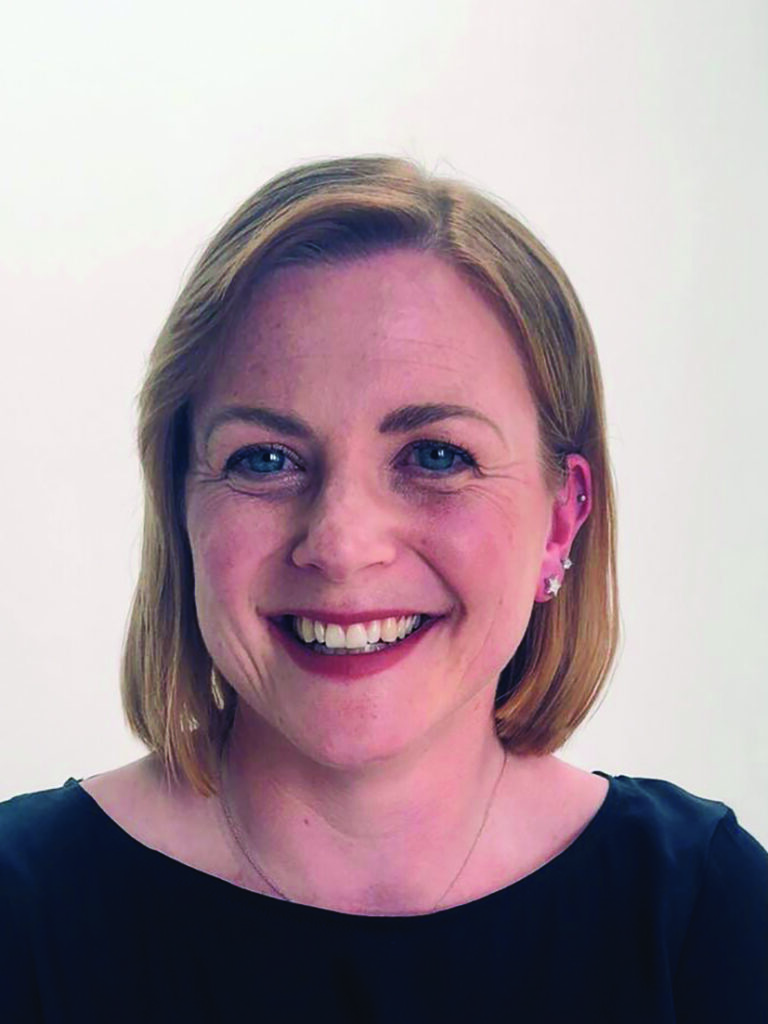Keep calm and carry on is the message from financial experts
With virtually every news media outlet running endless stories about the rise in the cost of living, it is obvious to all that we are living through an exceptionally challenging time. It is very hard for long-term savers to stay calm when inflation is heading towards 13 per cent and market returns are low or even negative.
As Lee Wild, head of equity strategy at interactive investor, notes, the year to date has been a rollercoaster ride. His company provides investment, trading and savings platforms for retail investors who want to manage some or all of their own long-term savings.
The way forward when markets are behaving in ways that are extremely difficult to predict, he warns, is for investors to rely on having well-balanced investment portfolios. Savers need to stay focused on the fact that they are in it for the long term and market turbulence is very often a short-term phenomenon, though it may not seem so at the time. Of course, people who are living hand-to-mouth and trying not to run through whatever wage they have before the next payday do not have the option of setting aside.
Of course, people who are living hand-to-mouth and trying not to run through whatever wage they have before the next payday do not have the option of setting aside significant sums each month. Clearly, wealth management only becomes a topic worth considering when you have at least some reasonable level of surplus to invest. That is just one of those hard facts that we have to live with.
Shona Lowe, financial planning expert at abrdn (formerly Standard Life Aberdeen), points out that DIY investors run a huge risk. It takes a lot of experience and commitment not to be bounced around by market turbulence she warns. It is all too easy for an investor to take fright when markets fail to perform and to cash out a loss-making position. Doing this simply crystalises the loss, she points out.
Inevitably, what happens next is that when the investor sees the same shares going back up, they buy in again at the higher rate. This traps them in the ‘sell-low, buy- high’ syndrome which just destroys value. Trying to time when to enter and exit markets is hugely difficult and even the best can get it wrong, she says.
Any long-term investment plan, Lowe argues, must begin from a sound understanding of what the objectives are that the plan is being designed to meet. This is where the modelling of what a client’s income, costs and goals are likely to be as they approach retirement is so important.
It’s not about sticking a finger in the wind and taking a guesstimate as to how much money you might need for your monthly expenditure when you hit 65 or 70, she notes. You need to have a realistic appraisal done that can be revisited from time to time to see that it still makes sense as you progress over time towards your goals.
When you know how much you are going to need, it is about taking a sober look at your capacity to save and the asset structure that you currently have. From there a financial planner will be able to suggest a balanced investment approach that matches whatever level of risk is sensible for that particular investor.
Lowe points out that a person’s ability to take on risk tends to shrink as they approach retirement. This is for the simple reason that the closer you get to retirement, the less time there is for your investment portfolio to recover from losses.
However, she points out that people still have options even if markets are in a very difficult state just as they are approaching retirement. “Often, people will have some flexibility as to when they retire. Even if they cannot continue to do the same hours, they can often take on part-time work to give markets a chance to stabilise and recover, she says. It is all about not crystalising losses when there is a reasonable chance that markets will recover, as history shows they generally do.
So, what investment strategies work in today’s stressed markets? There is no one right answer since the question needs to be seen in the context of each investor’s long-term goals and capacity to bear risk. However, Sam Benstead, deputy collectives editor at interactive investor, points out that bond funds are becoming more popular as interest rates rise.
This is for the simple reason that we are moving from an era where interest rates have been at all-time lows to a regime where interest rates look set to climb and climb.
“With bond funds, interest rate rises will gradually feed through into higher yields as new bonds are added to the portfolio,” he notes.
“For investors looking for a diverse portfolio of bonds with very little credit or interest rate risk, money market funds are an option, even if the income will be lower than on a regular government or corporate bond fund. But it’s also important to have a broadly diversified portfolio, including equities,” he emphasises.
There is such a huge universe of potential investment opportunities out there that there is no way that a do-it-yourself approach is advisable unless you are yourself an expert in financial markets. A balanced portfolio needs to spread risk so that everything you are investing in does not respond in the same way to every twitch in the markets.
As Barry Young, a wealth planner with Succession Wealth explains, working with a financial planner helps people to invest with the idea of achieving certain, specific life goals. These goals can be as varied as a comfortable retirement or helping adult children get on the housing ladder.


“When you are investing for the long term, with very specific goals in mind, it helps you to stay calm through the ups and downs of market cycles,” he says.
Of course, financial planners and wealth managers also help clients to take advantage of major changes in the investment environment. For example, until the current series of hikes in interest rates, investing in cash savings earned almost nothing. It was low risk, but it was also a way of eroding wealth rather than using the magic of compound interest to build wealth.
However, Myron Jobson, senior personal finance analyst at interactive investor, points out that eight successive interest rate hikes have made it much more attractive for savers to build rainy-day cash savings pots at zero risk.
It must be remembered that with inflation running at 10.1 per cent and expected to surge higher, the value of cash savings is still shrinking in real terms, he notes, but having a rainy-day pot remains important in today’s escalating cost of living crises, he notes.


Having a rainy day pot remains important – Myron Jobson


Even if the best DIY investors can get it wrong – Shona Lowe


Investors should have well-balanced portfolios – Lee Wild



